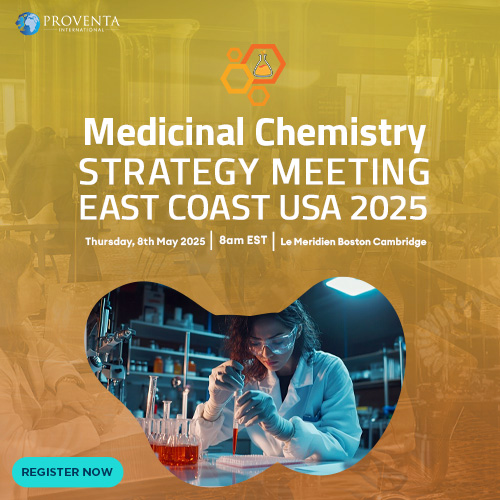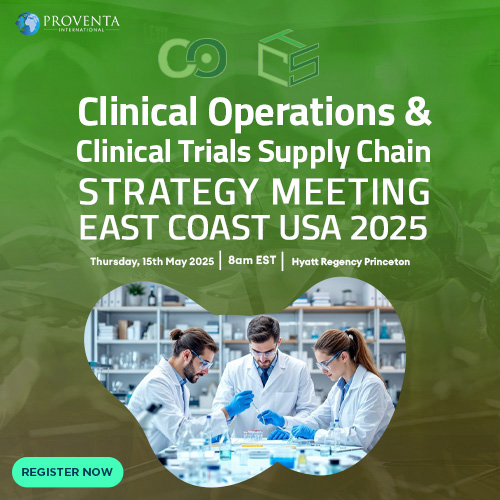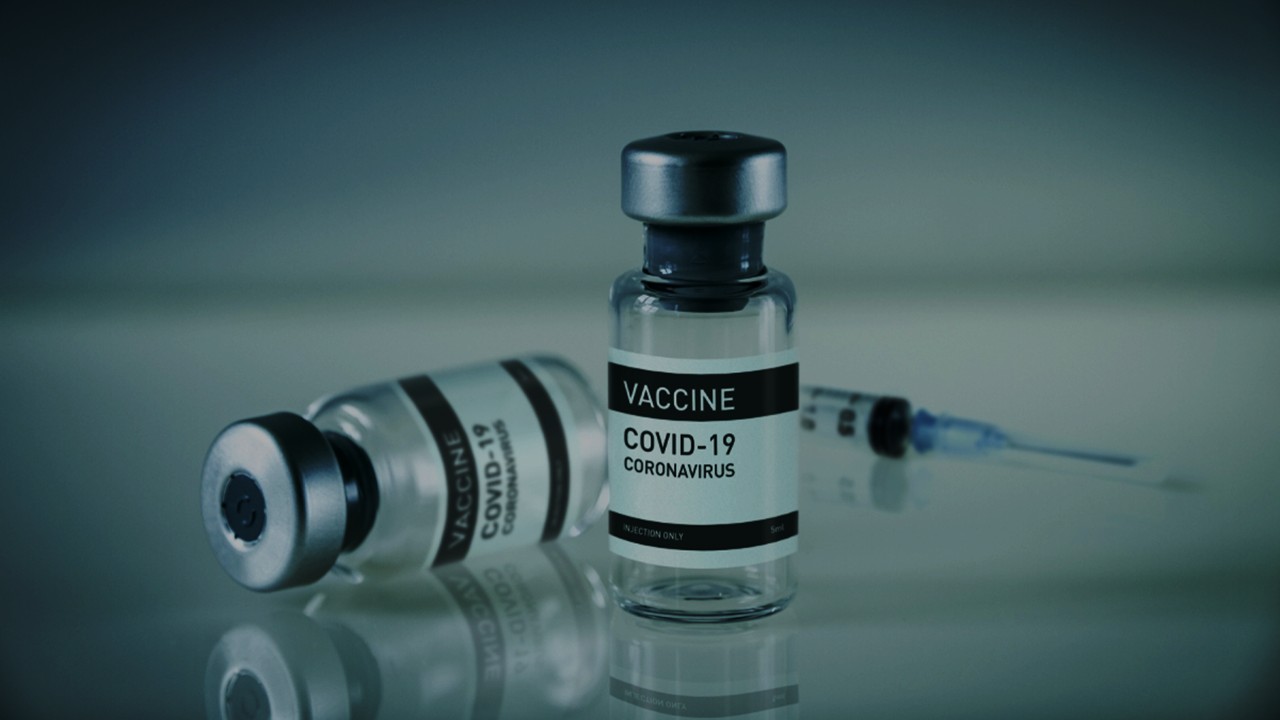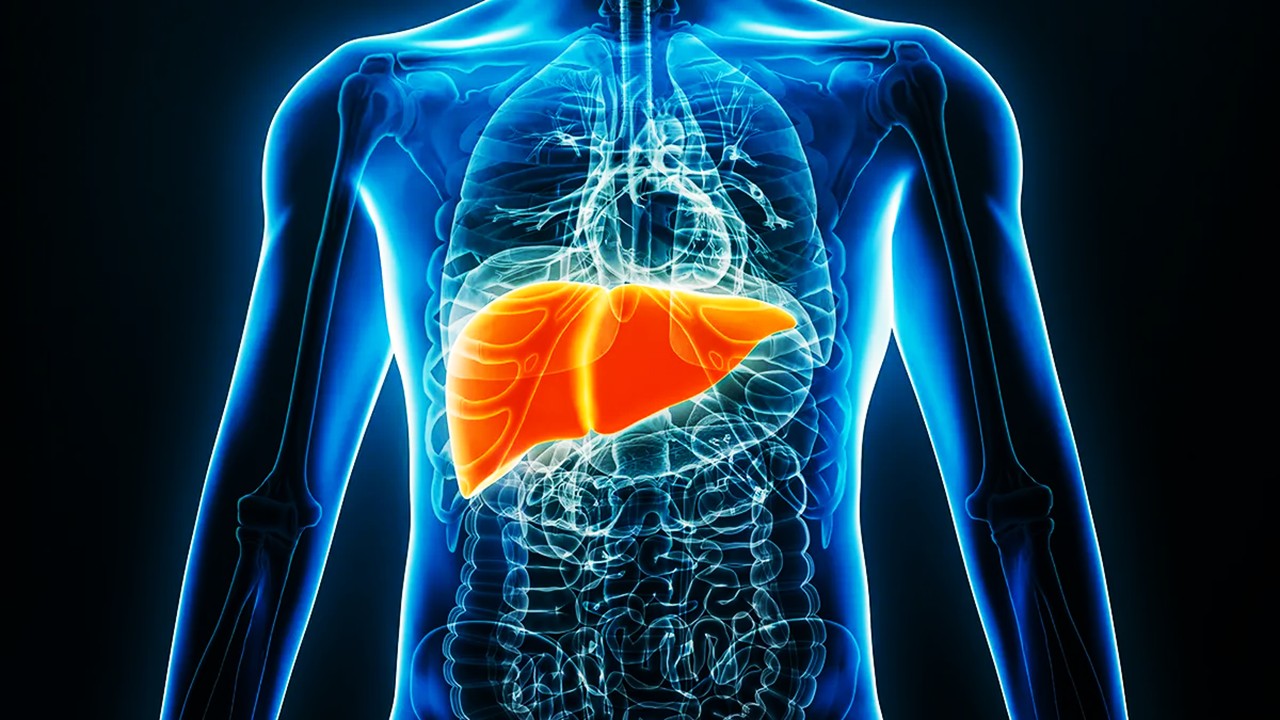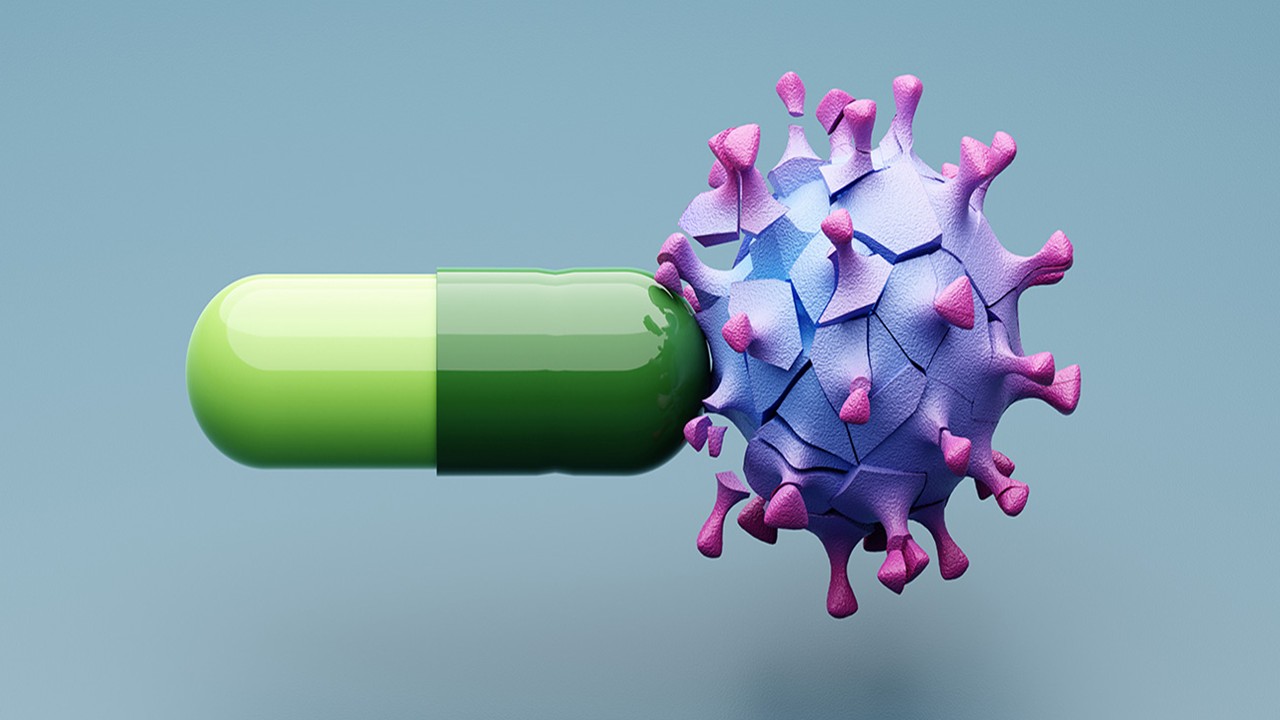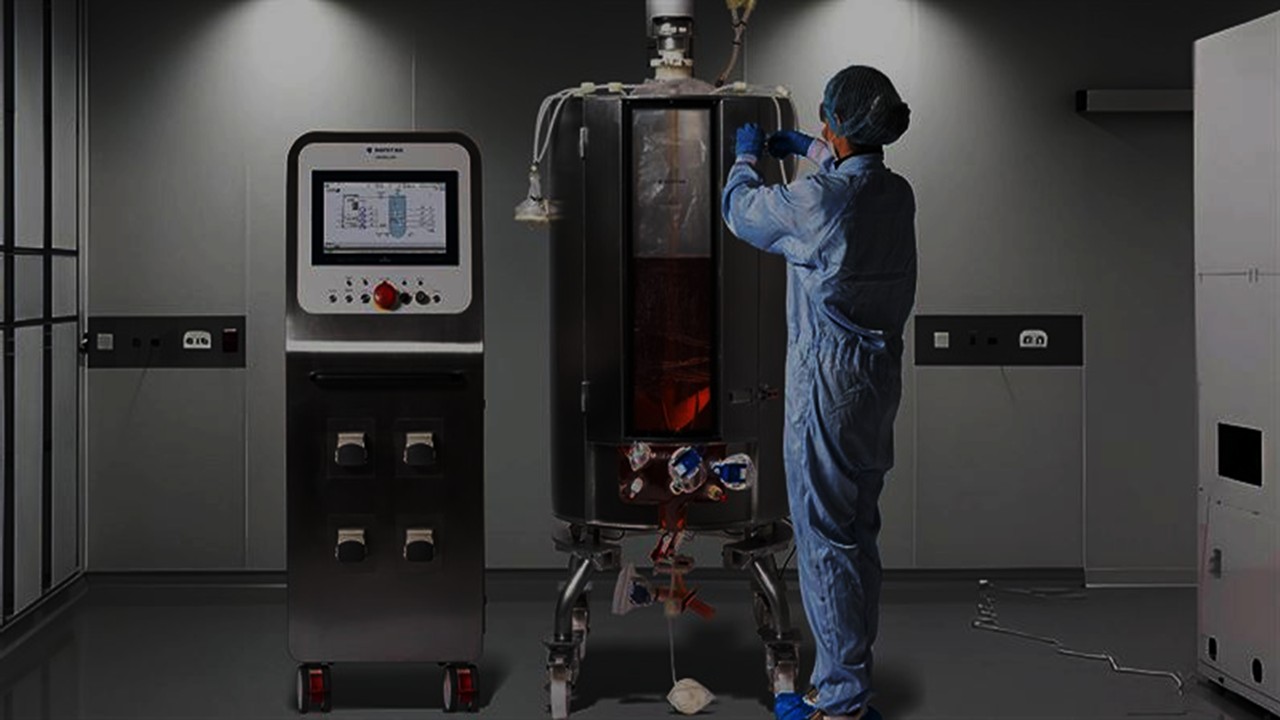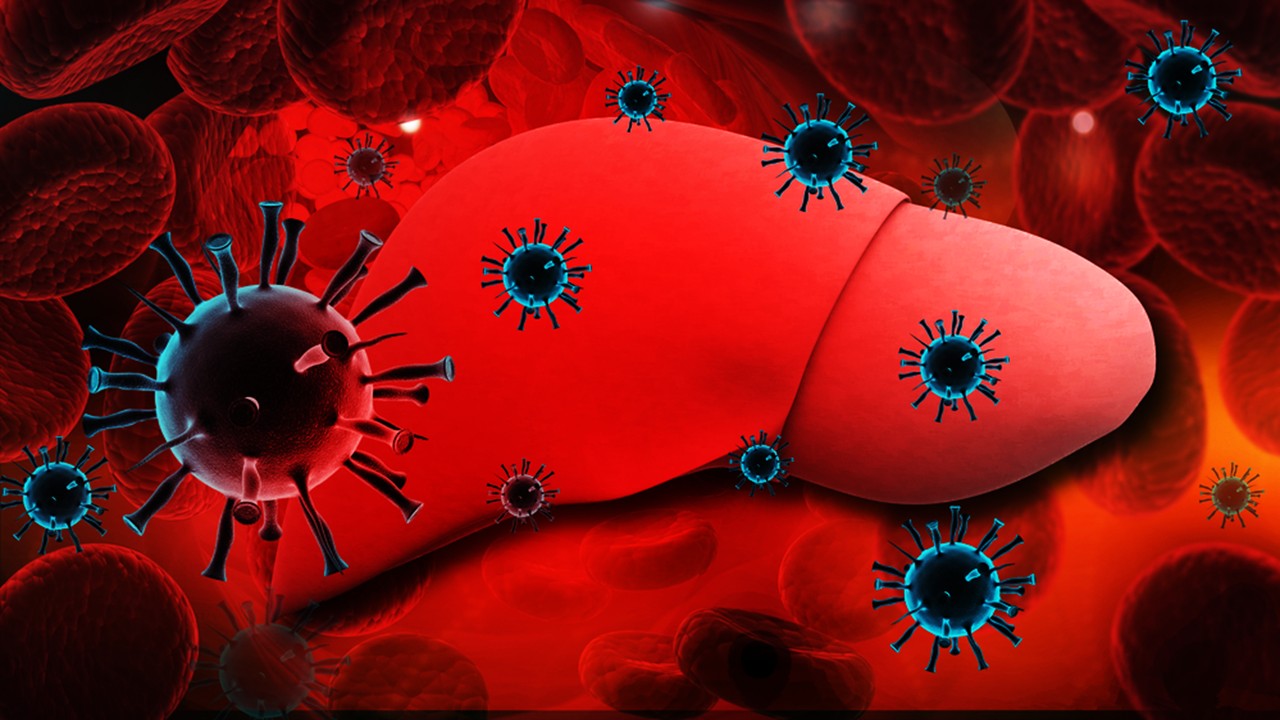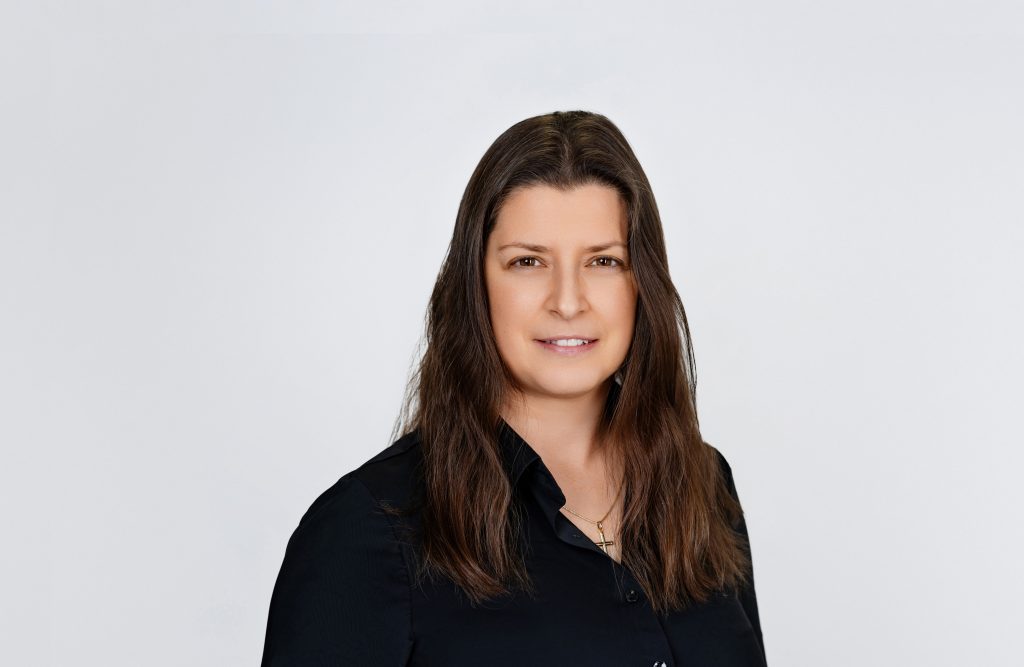
About the Interviewee
Hajnalka Hartl is the Head of Chemistry at Orogen Therapeutics.
Hajnalka Hartl serves as the Head of Chemistry at Orogen Therapeutics, a biotechnology company advancing novel drug discovery solutions through small molecule design and DNA-encoded library (DEL) technologies. Ms. Hartl holds a B.Sc. in Chemistry from Temple University, an M.Sc. in Chemistry from Northeastern University, and an MPH in Epidemiology from the University of Massachusetts Lowell, where she is currently completing her Doctor of Science degree in Public Health with a focus on epidemiology.
Ms. Hartl brings nearly two decades of experience across biotech and pharmaceutical organizations, including AstraZeneca and X-Chem, where she contributed extensively to medicinal chemistry initiatives spanning hit identification, lead optimization, and candidate drug selection. She has deep expertise in both traditional organic synthesis and the development of novel on-DNA chemistries, having led multidisciplinary teams in the design and synthesis of DNA-encoded compound libraries for accelerated hit discovery.
Throughout her career, Ms. Hartl has demonstrated a passion for translating complex chemical and biological data into actionable strategies, using tools such as R, SAS, and SPSS to enhance project decision-making. At Orogen Therapeutics, she is focused on integrating cutting-edge medicinal chemistry and DEL technologies to streamline early discovery pipelines and address high unmet medical needs, while fostering a collaborative and innovation-driven team culture.
The Discussion
From Inspiration to Leadership in Medicinal Chemistry
[Dex Marco]: It’s such a pleasure to have you with us, Ms. Hartl. With an impressive background spanning small molecule design, DNA-Encoded Library synthesis, and multidisciplinary team leadership, what initially inspired you to pursue medicinal chemistry, and what ultimately led you to take on the role of Head of Chemistry at Orogen Therapeutics?
[Hajnalka Hartl]: Thank you, it is great to be here.
My first exposure to chemistry was in Hungary as a 5th grader. My brother wasn’t doing his 7th grade chemistry homework, and I didn’t want him to get in trouble, so I started reading his chemistry book and then doing his homework. Unfortunately, I could not sit in on his tests, so he still did not do so well in his class. However, my decision to pursue medicinal chemistry came from the realization that without medicines, physicians really can’t cure people of disease. A very simple example of that is someone with community acquired pneumoniae. One can have the greatest physician at their bedside, but if they don’t get the right antibiotic, that infection can quickly become life-threatening. And so, the ability to make a difference and to really contribute to people’s well-being was the strongest driver behind my pursuing medicinal chemistry as a career.
Over the years I’ve worked on many projects across a number of disease areas. Looking back at my time at AstraZeneca I remember many meetings where we had chemistry, biology, biochemistry, toxicology all together discussing the compounds we were moving into the next phases of development. It was truly a team environment and we all had to work together to drive the project as far as it could go. Medicinal chemistry is certainly not for the faint of heart. Very early in my career I was told to get used to failing, because over 90% of our projects will never become drugs. We learn not to internalize those failures, rather take all of what they’ve taught us and use them to our advantage on the next project. After 11 years of working mostly in the infectious disease area I was ready for a change and took on the challenge of DNA-encoded library design and synthesis, which was very different from anything I had done. I must admit, at first the concept was foreign to me, as an organic chemist. As it turned out, on-DNA chemistry was not that different from what I already knew. Certainly, there were and still are chemistries that are more difficult to perform under aqueous conditions. I was responsible for running a small team of chemists tasked with developing and synthesizing DELs. As DELs became more widely used, it was not surprising that biotechs found them to be particularly useful for hit finding and speeding up the lead discovery process. I came to Orogen as someone who has in-depth knowledge of not only medicinal chemistry and the drug discovery and early development process, but also of DEL development and synthesis. The combination of these two areas made me uniquely qualified to take on the role of Head of Chemistry at Orogen Tx.
Driving Innovation at Orogen Therapeutics
[Dex]: With your extensive background in small molecule design and synthesis, what key challenges and successes have defined your journey from hit identification to lead optimization and candidate drug selection? How has your expertise in DNA-Encoded Library (DEL) design and synthesis uniquely contributed to these milestones?
[Hajnalka]: Early in my career I had wonderful mentors and colleagues who have guided me on my medicinal chemistry journey. The team was great. Each project had its own challenges. The lead series may have had excellent potency but had issues with solubility or plasma protein binding. If the focus was on solving physicochemical properties first, you often lost potency and it was difficult to dial activity back into the series. My priority on each project was to make an impact that helped the team progress toward the clinic. On some projects I would address critical chemistry challenges by improving reaction yields or shortening the synthetic sequence. While on other projects, as I advanced in my career, my contributions were designing compounds that addressed potency and physicochemical property challenges. At times this meant going in a direction that was not obvious at first, putting in long hours, working on weekends to make compounds that I believed in. The reward was to see those compounds redirect and revitalize the project. There were also times when in IND-enabling studies batch-by-batch variation proved to be the greatest challenge, as it impacted our compound’s solubility due to different polymorphs forming. While my experience in medicinal chemistry shaped the way I look at a hit or lead series and envision its potential, my expertise in DEL design and synthesis enables triaging hit series across multiple unique scaffolds and aids identification of lead series more efficiently.
Understanding DNA-Encoded Libraries (DELs)
[Dex]: Could you provide a technical overview of DNA-Encoded Libraries, including their design, synthesis, and application in modern drug discovery? What role do DELs play in expanding chemical diversity and screening efficiency?
[Hajnalka]: DEL synthesis is essentially combinatorial synthesis on DNA that uses readily available building blocks to create molecules with drug-like properties. Each building block is associated with a specific DNA tag that serves as a barcode. These barcodes are then used to identify each building block that makes up each fully elaborated molecule within the library. Using split and pool technique each DEL can have 100s of thousands, millions or even billions of unique structures. These libraries are used in high affinity-based screening against the desired targets. Many chemical reactions can be used in DEL synthesis with little modification to accommodate the aqueous conditions required for DNA solubility. This means that most building blocks that would be used for organic chemistry can also be used for building DELs. The number of building blocks available globally are in the hundreds of thousands, so you can imagine just how much chemical space can be covered with DELs in a very cost- and time-efficient manner.
Comparing DEL Screening to Conventional Drug Discovery Methods
[Dex]: How does DEL screening differ fundamentally from traditional high-throughput screening or fragment-based drug discovery in terms of methodology, scalability, and cost-efficiency?
[Hajnalka]: High throughput screening (HTS) has been used to find hits against different targets since the 1990s, and likely it is still the primary approach. The downside of HTS is that it’s expensive, as it requires building a large and diverse collection of compounds, the funds and infrastructure necessary to store them, and to replenish the used-up stocks. Virtual screening is also done on a large library of compounds, but the advantage here is that these compounds exist in databases rather than a physical library collection. So it is faster and less expensive to screen virtual libraries and then pick several hundred of the selected compounds to synthesize or purchase from a vendor to test against the given target. Fragment screens are also useful, however it is important to note that these compounds are mostly lower molecular weight, which tends to reduce affinity. Ideally, fragment work is best done in conjunction with serial crystallography, which is not always possible. While HTS and fragment screens test individual compounds against the target, DELs allow for the screening of millions and even billions of compounds at the same time quite rapidly and cost-effectively. These compounds are easily identified from the screens based on the compounds’ individual DNA-tagging. DEL screening identifies binders, and this means that to test for inhibition, the off-DNA compounds must be made.
Advantages and Limitations of DELs in Drug Discovery
[Dex]: What are the key advantages of using DNA-Encoded Libraries for target identification and lead generation? Conversely, what technical or logistical challenges have you encountered in their application?
[Hajnalka]: The clear advantage of DELs in drug discovery is the ease of synthesis of millions/billions of compounds that can be screened quickly and effectively against a wide range of targets. The compounds are designed to have drug-like properties, and while they are not providing a lead series after just one selection, these compounds can still provide a roadmap toward lead series more efficiently than some other screening methods. Open-source libraries are readily available and provide incredible chemical diversity.
There are certainly limitations to using DELs, and one of the biggest ones is that you still must synthesize the compounds off-DNA to measure potency and other properties. Which means you have to obtain the building blocks and make the compounds in-house or outsource them for synthesis. Another potential problem with DELs, and this really goes to the quality of DELs and the degree to which the reactions used in the libraries have been optimized and if there were safeguards against misidentification of compounds, is whether you correctly identified the compound that formed. You can envision having a byproduct that has the same DNA tags associated with it as the intended compound that enriched in selection. You make the compound you think enriched, only to find out that it is inactive. The question becomes: do you go back and reverse-engineer the library to figure out what else could have formed, or do you move on to other synthetic targets that gave the expected result, potentially missing out on a unique series? Both options can have financial implications for the company, so library quality is important. It also pays to have scientists on your team who are well versed in both organic synthesis and DEL chemistry to act as a sort-of internal QC and anticipate potential challenges.
Future of DEL Screening in Drug Discovery Pipelines
[Dex]: Do you foresee DNA-Encoded Library screening replacing more conventional methods, or do you believe it will remain a complementary technology? What developments are needed to broaden its adoption in pharmaceutical research?
[Hajnalka]: That’s a good question. I do not foresee DEL screening replacing more conventional methods, or at least not yet. I envision companies using DEL, fragment, HTS and virtual screening synergistically. DEL may not be a good option for every target. Work still needs to be done, and I hope that DEL companies will find new and innovative ways to make libraries with diverse scaffolds that will address some of the current limitations of DELs.
Enhancing the Efficiency of DEL-Based Drug Discovery
[Dex]: In your opinion, how can pharmaceutical companies optimize the integration of DEL technologies into their drug discovery pipelines? Are there specific improvements in computational analysis, synthesis strategies, or target selection that could maximize their impact?
[Hajnalka]: DEL is definitely here to stay. More and more companies are embracing the technology and are internalizing it to be able to make their own proprietary libraries and run their own DEL screens. Several companies have reported using on-DNA resynthesis and affinity selection mass spectrometry (ASMS) to identify their binders coming out of screening. I think this is a sound strategy, as it enables reducing the number of bespoke compounds that would be synthesized from each selection, but it is something that large pharma may be better able to implement. Focusable libraries are also a powerful way of enhancing the efficiency of DELs, as it allows libraries to be concentrated on specific targets. Machine learning (ML) has come a long way and certainly you can find companies trying to leverage computational analysis of DEL screens to accelerate the hit to lead process. As data sets get larger and as positive and negative results are continually fed back into the models, eventually ML will be able to make meaningful impact on DEL-based drug discovery.
Future Outlook: Chemistry Leadership in Evolving Biopharma Landscapes
[Dex Marco]: As Head of Chemistry at Orogen Therapeutics, how do you envision the role of medicinal and synthetic chemistry evolving within the rapidly changing landscape of biotech and pharmaceutical R&D? What emerging technologies or methodologies are you most excited to integrate into future drug discovery initiatives?
[Hajnalka]: I took on this role with the idea of building a chemistry team in-house, and rapidly advancing viable hits to lead series and beyond. Our small team was assembled to make sure we have exceptional medicinal and synthetic chemistry talent at Orogen. Ultimately it is the combined knowledge across functions and a highly collaborative team that drives our projects forward. While AI/ML are rapidly evolving within the biotech and pharmaceutical industry, right now, I do not think they can replace experimental chemistry and human intuition. This intuition comes from years or even decades of experience, and learning the many intricate ways that small, seemingly insignificant changes on a molecule can lead to major changes in activity and physical properties of the compound. I look forward to using AI/ML in terms of physical property predictions, ADME predictions, and even synthetic route design. That is where I hope to see computational methods excel in the near future. I also think that AI/ML will make an impact on target discovery as well as later in the drug development process, in clinical trials.
Engr. Dex Marco Tiu Guibelondo, B.Sc. Pharm, R.Ph., B.Sc. CpE
Editor-in-Chief, PharmaFEATURES
Join Proventa International’s Medicinal Chemistry Strategy Meeting at Le Meridien Boston, Cambridge, Massachusetts on the 8th of May 2025 to learn more about how Orogen Therapeutics creates better medicines through machine-assisted molecular innovation anchored in solid experimental work and guided by human insight.
Subscribe
to get our
LATEST NEWS
Related Posts
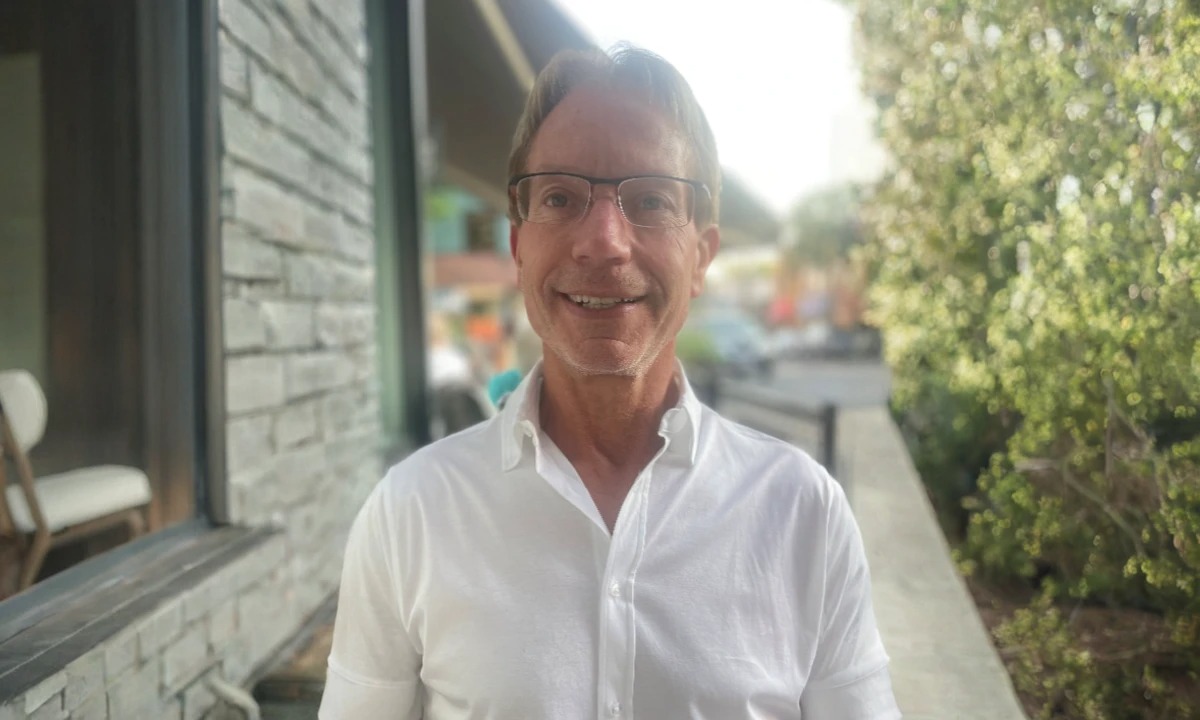
Interviews
Setting the Benchmark: Shaping Analytical Standards to Accelerate Global Convergence in Biologics Quality Systems with Stephan Krause, Bristol Myers Squibb
About the Interviewee Stephan O. Krause is the Executive Director of Cell Therapy Global Quality of Bristol Myers Squibb. Stephan O. Krause, Ph.D., serves as Executive Director for Analytical Science and Technology in Cell Therapy Quality at Bristol Myers Squibb, where he leads global analytical and quality functions supporting the development, manufacture, and regulatory advancement […]
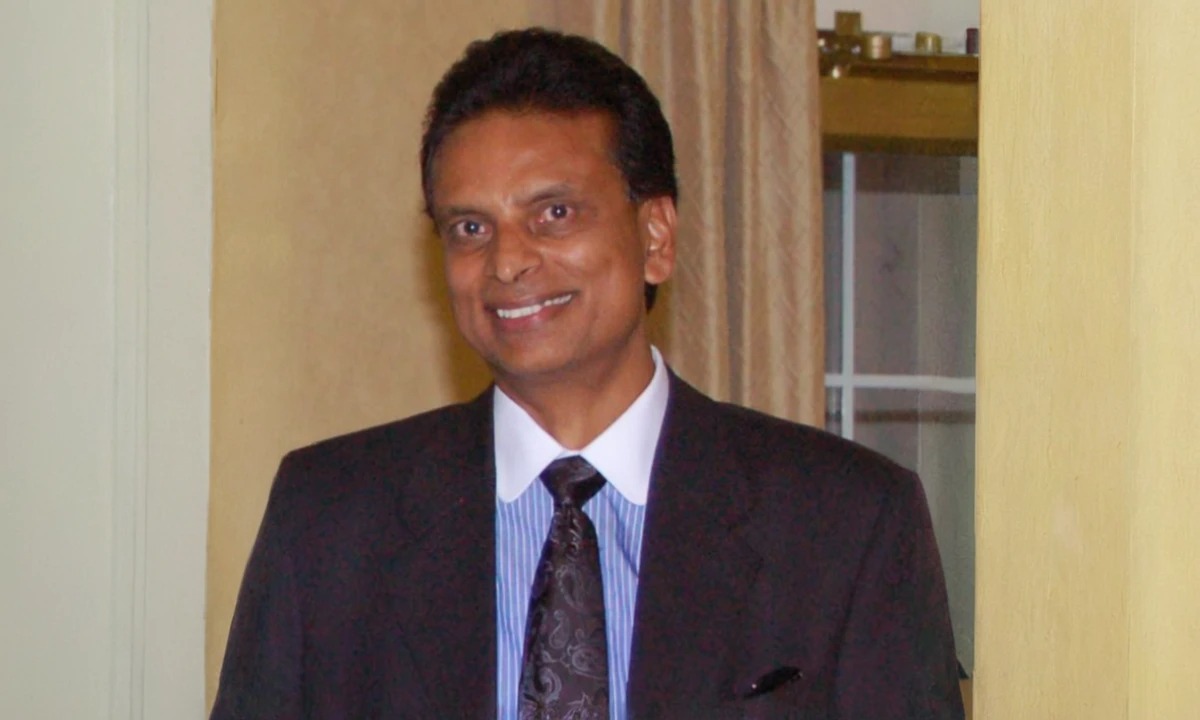
Interviews
Harmonizing Biologics Transfer: Global Regulatory Strategy, Compliance Best Practices, and Operational Alignment with Gopi Vudathala, Incyte Corporation
About the Interviewee Gopi Vudathala is the Global Head of Regulatory Affairs and Chemistry, Manufacturing and Controls at Incyte Corporation. Gopi Vudathala, Ph.D., serves as the Global Head of Regulatory Affairs and Chemistry, Manufacturing and Controls (CMC) at Incyte Corporation, a biopharmaceutical company dedicated to the discovery, development, and commercialization of proprietary therapeutics across oncology […]
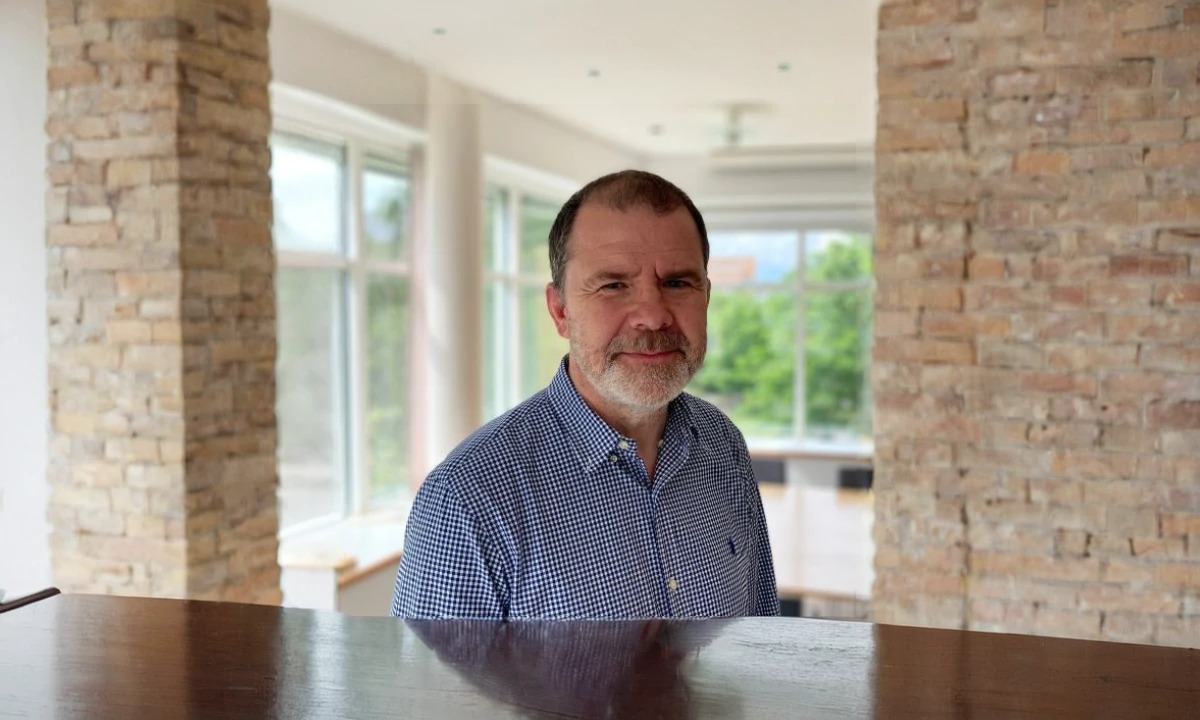
Interviews
Redefining the Analytical Frontiers of Peptide Science: Innovations Shaping the Next Generation of Therapeutics with Johan Evenäs, RG Discovery
About the Interviewee Johan Evenäs is the Chief Executive Officer at RG Discovery. Johan Evenäs, Ph.D., serves as the Chief Executive Officer of RG Discovery, a life sciences company based in Lund, Sweden, specializing in drug discovery solutions including medicinal chemistry, fragment-based lead discovery, and advanced analytical services. Dr. Evenäs holds an M.Sc. in Chemical […]
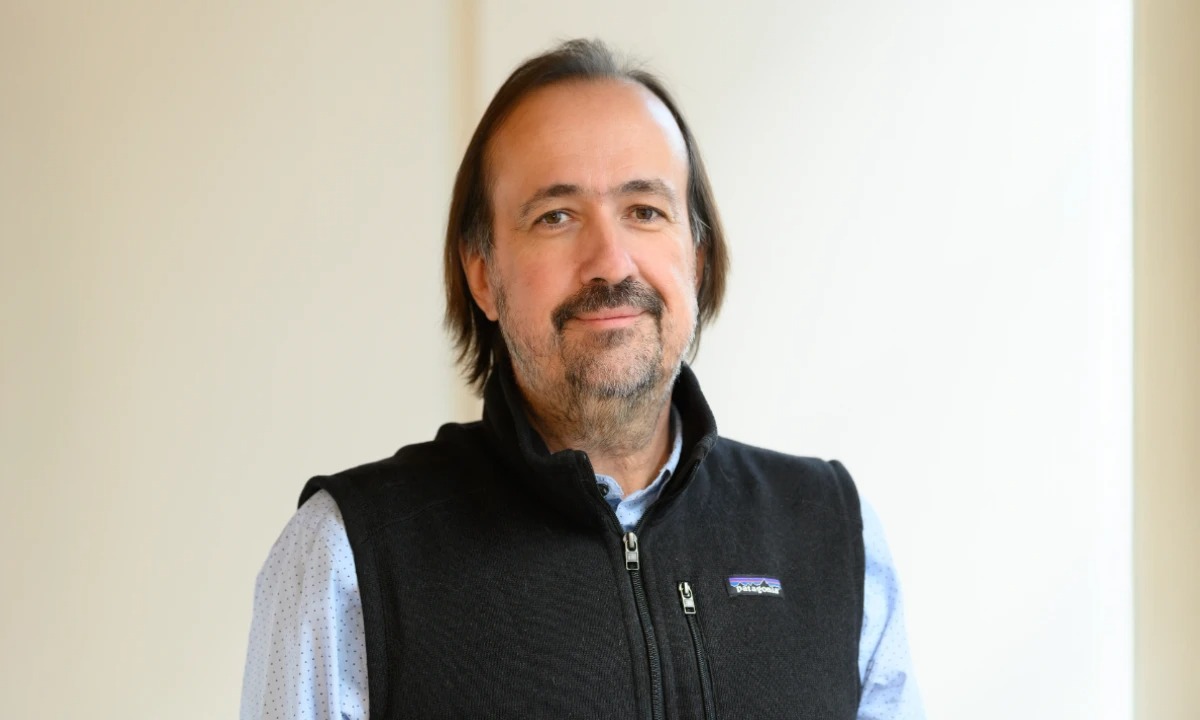
Interviews
Toward Industrial Impact: Scaling the Strategic Vision for Bioprocessing Excellence with Greg Papastoitsis, Ankyra Therapeutics
About the Interviewee Gregory Zarbis-Papastoitsis is the Chief Process and Manufacturing Officer at Ankyra Therapeutics. Gregory Zarbis-Papastoitsis, Ph.D., serves as the Chief Process and Manufacturing Officer at Ankyra Therapeutics, an immuno-oncology company advancing novel intratumoral anchored cytokines currently in Phase 1 clinical trials. Dr. Zarbis-Papastoitsis holds a B.S. and Ph.D. in Biochemistry from Binghamton University, […]
Read More Articles
Mini Organs, Major Breakthroughs: How Chemical Innovation and Organoids Are Transforming Drug Discovery
By merging chemical innovation with liver organoids and microfluidics, researchers are transforming drug discovery into a biologically precise, patient-informed, and toxicity-aware process.
Tetravalent Vaccines: The Power of Multivalent E Dimers on Liposomes to Eliminate Immune Interference in Dengue
For the first time, a dengue vaccine candidate has demonstrated the elusive trifecta of broad coverage, balanced immunity, and minimal enhancement risk,


